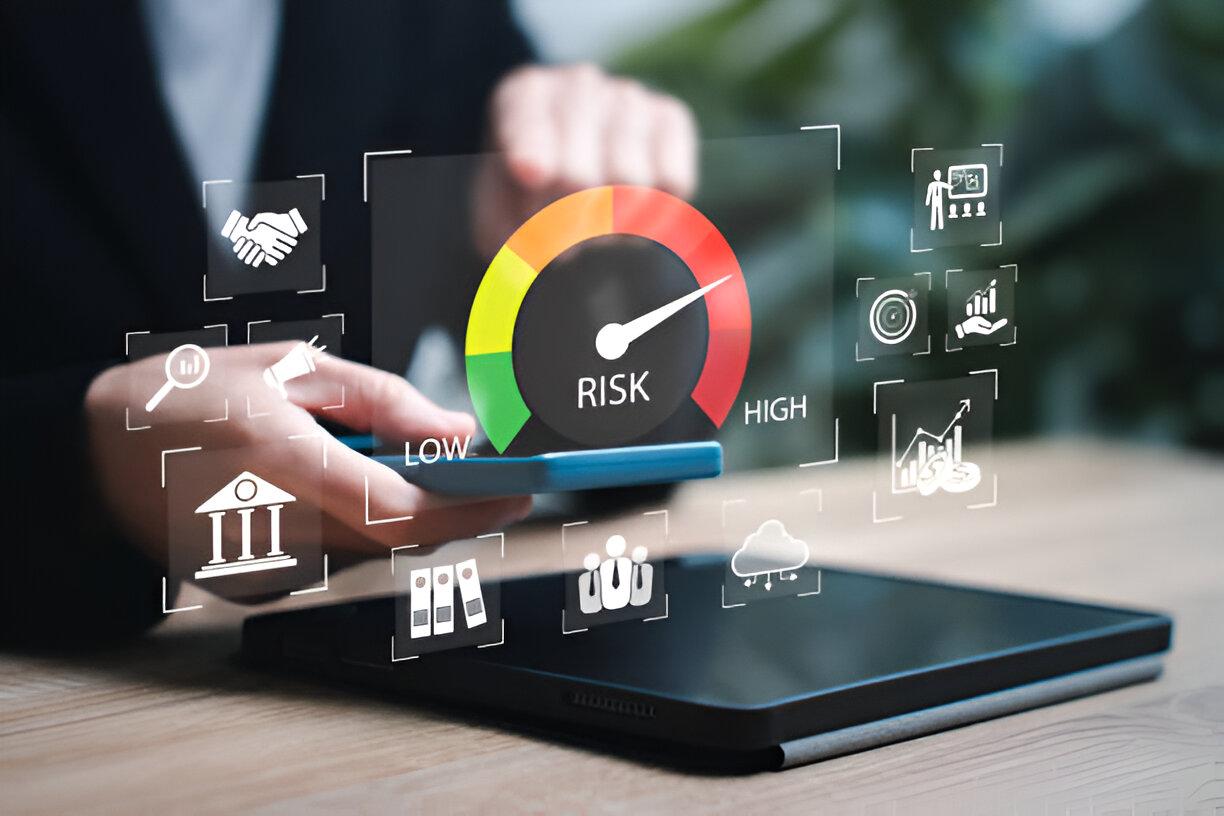Businesses globally increasingly feel climate change impacts, constantly introducing new risks to their resilience. Pinpointing operational vulnerabilities and formulating effective mitigating strategies is crucial to forge a robust future and successfully navigate climate and economic volatility. This proactive approach aligns with escalating investor demands and evolving global regulations requiring transparent climate-related financial disclosures. Thus, a risk assessment for climate change emerges as a vital Enterprise Risk Management and strategic planning component (often referred to as a Climate Risk Assessment, or CRA), building enduring resilience and effectively addressing challenges.
Related Article: ESG Excellence: A Digital Handbook
Table of Contents
ToggleWhat Does Climate Risk Assessment Entail
A CRA is a structured process designed to evaluate how climate-related risks and opportunities could impact a company over the short, medium, and long term. It involves identifying, comprehending, and evaluating potential climate-related hazards, typically falling into the following categories.
- Physical Risks: direct impacts from climate hazards (e.g., acute events like storms/floods, or chronic shifts like rising temperatures/sea levels).
- Transition Risks: business risks from the shift to a low-carbon economy (e.g., policy changes, market and consumer dynamics, reputational issues, innovation disruptions).
- Liability Risks: potential legal actions for contributing to climate change or inadequate risk management.
Why Climate Risk Assessment is Crucial for Business Resilience?
Integrating sustainability into businesses’ risk mitigation is crucial for financial stability and long-term viability. The World Economic Forum’s Global Risk Report 2023 identified failure to adapt to climate change as one of the top global risks.
Along with increasingly mandated global regulations (e.g., the EU’s CSRD, EU Taxonomy, ISSB) and investor demands for transparent climate risk disclosure, these factors make CRA vital for informed decisions.
Correspondingly, CRA offers substantial tangible benefits, encompassing enhanced operational resilience, lower insurance premiums, improved regulatory compliance, reduced penalties, and a stronger corporate reputation, yielding cost efficiencies. A robust CRA also maintains investor confidence, improves access to more sustainable capital, and facilitates new market opportunities.

Steps & Solutions to Conduct an Effective Risk Assessment for Climate Change
Key Methodologies of CRA
1. Scenario Analysis
Crucial for evaluating potential impacts under various future climate pathways (e.g., high-emissions vs. low-emissions scenarios) and determining the materiality of risks.
2. Materiality Assessment
Identifying the significance of climate-related risks and opportunities specific to each business operation.
Practical Tips for a Successful CRA
1. Define the scope clearly
Cover the entire value chain, including suppliers and customers.
2. Collaborate broadly
Engage with diverse internal and external stakeholders (e.g., climate experts) for a robust assessment.
3. Document thoroughly
Maintain audit-proof records for compliance and transparency of all steps.
4. Treat the CRA as a living document
Regularly review and update for continuous improvement.
Common Challenges & Solutions
1. Uncertainty about requirements and frameworks
Identifying regulatory drivers, comparing global frameworks (TCFD, ISSB, CSRD), and reviewing existing enterprise risk management (ERM) structures for climate relevance.
2. A typical short-term focus in traditional ERM
Align processes with long-term climate science and scenario analysis.
3. Limited data scope or unfamiliarity with scenario analysis
Engage climate experts; utilize public scenarios (IPCC, WEO); explore all types of risks and opportunities beyond immediate financial liabilities.
4. A lack of integration with broader sustainability goals
Embed CRA outputs into wider sustainability reporting and strategic planning, building on existing data.
Satuplatform Service for Strategic CRA & ESG Reporting
Your business can execute effective CRA and comprehensive ESG reporting utilizing Satuplatform’s Carbon & ESG Management service.
Its features (Carbon Accounting & Reduction, ESG Data Management, Compatible Sustainability Report, GHG Report) enable automated ESG performance tracking, risk hotspot identification, regulatory compliance, and climate risk assessment outcome integration into ERM for strategic decision-making.
This strategic method strengthens business resilience and enables seizing new opportunities. Access the free demo today.
Similar Article
Bagaimana Peran Perang dan Militer sebagai Kontributor Jejak Karbon Global
Konflik dan perang menciptakan kontributor jejak karbon baru dengan dampak signifikan dan sayangnya, sebagian besar tidak dihitung. Emisi ini jarang…
Why Product Lifespan Is the Next Frontier for Sustainable Business
Embracing product longevity and extending product lifespan emerges as a current and indispensable strategic priority for cultivating sustainable business growth…
Green Building sebagai Cara Mengurangi Jejak Karbon, Ini yang Perlu Dilakukan!
Di tengah isu perubahan iklim yang semakin mendesak, bisnis dan masyarakat global mulai sadar pentingnya pembangunan yang lebih ramah lingkungan.…
Unveiling the Environmental Impact of Children’s Toys Industry
The global toy industry plays a significant role in early childhood development, creativity, and education. Toys bring joy, imagination, and…
ESG as Sustainability Initiatives for Modern Industry
In today’s world, sustainability is no longer just a “nice-to-have”, but it’s a must. With rising concerns about climate change,…
ESG Strategies for Business Growth in Developing Countries
In today’s fast-changing world, businesses are no longer only measured by profits. Companies are now expected to be responsible for…







